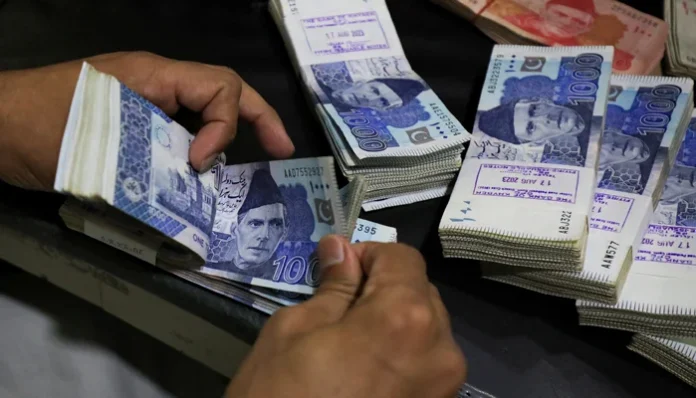Pakistan’s economic challenges stem from a confluence of factors, driving the Pakistani rupee to be Asia’s weakest currency. High debt payments, an external funding gap, and reduced remittances have collectively exacerbated the situation.
The country’s high debt obligations strain its fiscal health, prompting increased reliance on external loans from multilateral and bilateral sources. This dependency exacerbates the issue, creating a cyclical pattern of borrowing to meet financial commitments, further pressuring the currency.
The drop in remittances, a vital source of foreign exchange, undermines the country’s balance of payments. This decline limits the inflow of foreign currency, weakening the rupee against the dollar. Additionally, a persistently high external funding gap creates uncertainty and adds pressure on the rupee’s valuation.
Investor confidence plays a pivotal role. Heightened uncertainty surrounding Pakistan’s economic outlook can lead to capital flight, further depreciating the currency. Addressing structural reforms, enhancing export competitiveness, and stabilizing the fiscal deficit are crucial to reversing this trend. Implementing measures to attract foreign investment and diversifying the economy beyond traditional sectors could also help stabilize the rupee.
However, without substantial and sustained economic reforms, the rupee’s downward trajectory may persist, potentially reaching the forecasted 350 against the dollar by the end of 2024.


